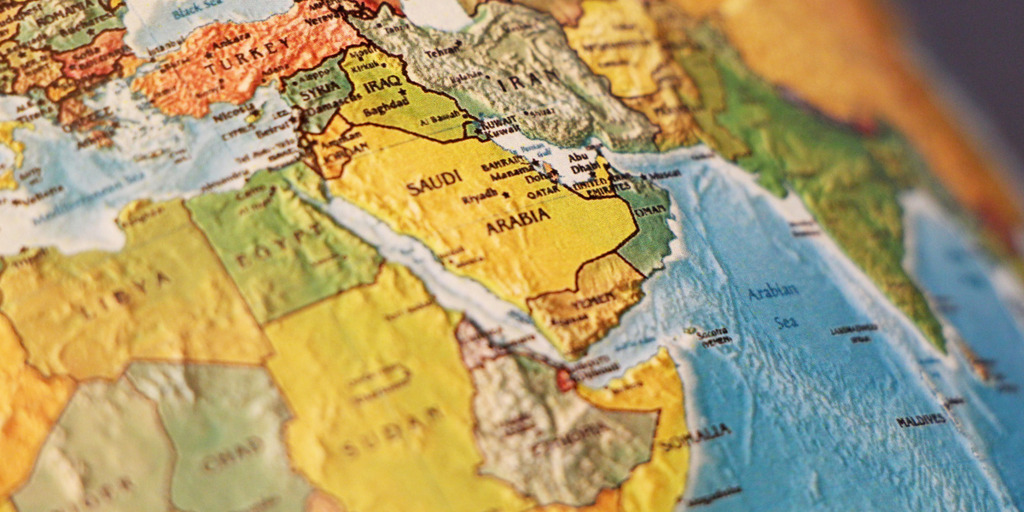Wars are raging in Syria, western Iraq and Yemen. Borders are losing their significance, state structures are dissolving. Dozens of militias rule territories whose peripheries are the sites of intense fighting. Above all, the Islamic State in Iraq and Syria (ISIS) is the cause of widespread terror. Millions of people have had to leave their homes and hundreds of thousands are making their way to Europe.
The local warring parties are hardly willing or able to end the fighting themselves. Yet the conflicts could be reined in if the two major regional powers, Saudi Arabia and Iran, were to end their struggle to become the predominant player in the Gulf region. Riyadh and Teheran are currently fueling the nearby conflicts. While Iran sees itself as the protector of the Shiites, Saudi Arabia considers itself the leader among Sunnis.
The nuclear accord between the West and Teheran is an important development, but it will hardly reduce the mistrust between Iran and Saudi Arabia. The situation threatens to escalate, causing yet another arms race. Regional negotiations could, however, serve as a peaceful alternative. In a first step, the immediate Gulf states could convene: Iran, Saudi Arabia, the United Arab Emirates, Kuwait, Bahrain, Qatar and Oman, along with Iraq and Yemen (once a viable government is in place there). Regional powers –Turkey, Israel and Egypt – could follow later.
The regional dialogue could take place on two levels. The issues of fighting terrorism, the future of Syria, Iraq and Yemen, and relations between Iran, Saudi Arabia and the smaller Gulf states could be addressed on the political level. Concrete discussions of infrastructure projects, environmental-protection measures, trading issues, energy cooperation and aid for refugees could take place on the practical level. That would build trust.
The conflict-resolution mechanism sketched out above mirrors the structure of the successful Conference on Security and Cooperation in Europe (CSCE). Forty years ago the conference's final declaration was signed in Helsinki, and the conference was subsequently transformed into an institution, the Organization for Security and Cooperation in Europe (OSCE). The OSCE has not lost its relevance following the end of the Cold War, as can be seen in efforts to manage the conflict in eastern Ukraine.
The initiative for negotiations in the Gulf region needs to come from an external player who would then invite the various parties to participate and who would serve as moderator. There are a number of options for structuring the group of mediators: as a larger group made up of the US, EU, Russia, China, India and Japan, or a smaller "tandem configuration" made up of the EU and China, for example, or Germany and Japan. The latter two countries have no colonial past in the region and are not permanent members of the UN Security Council, but play a significant role within the UN and have good relations with the US, which is a strong military player in the Gulf region. Japan is an Asian member of the OSCE and Germany will hold the chairmanship of the organization in 2016.
An OSC–Gulf could ultimately increase cooperation in the areas of trade and industry, an important consideration since Iran and Saudi Arabia need to create more jobs in light of the growing youth unemployment they are experiencing and the diminishing revenues from oil and gas production they are expected to face in the future.
An in-depth analysis of what future relations between Iran and Saudi Arabia might look like can be found in the latest issue of Spotlight Europe.




